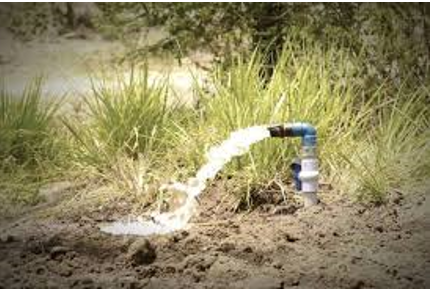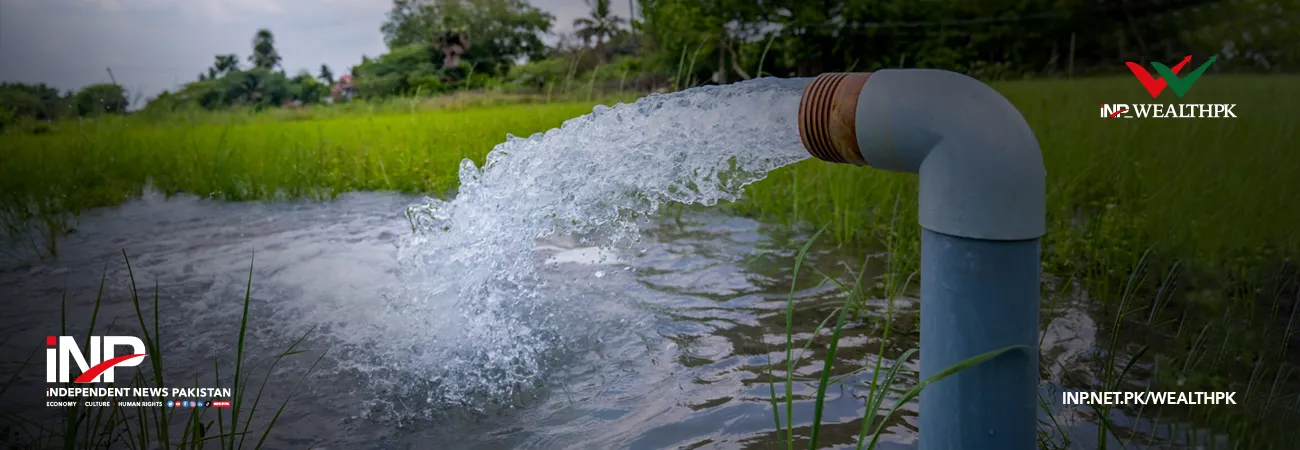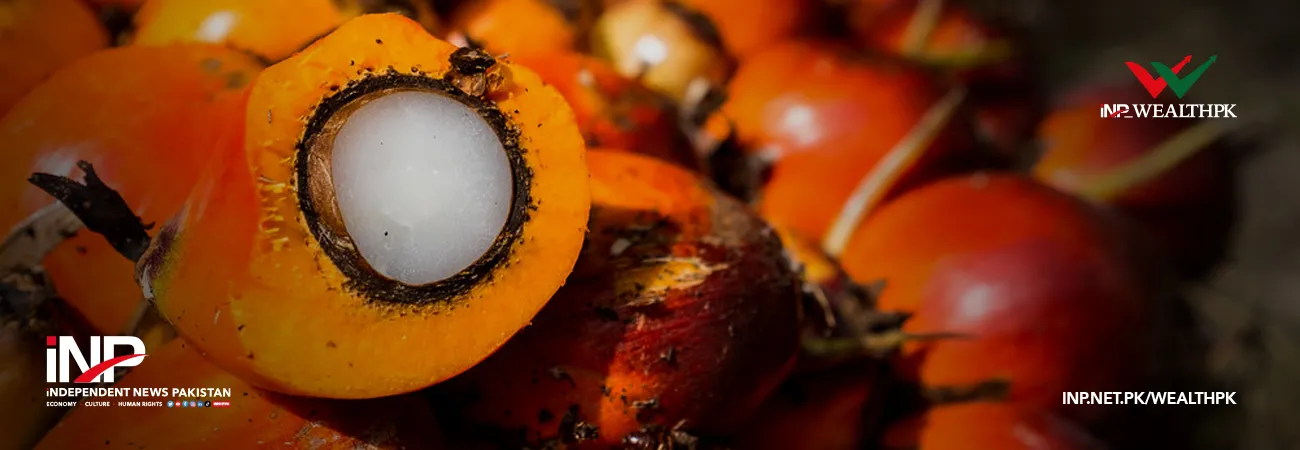INP-WealthPk
Faiza Tehseen

Water recharge is a natural and sustainable solution to addressing the complex challenges of water management and conservation, social safeguard specialist and Executive Director Centre for Rural Change Muhammad Saleh Mangrio told WealthPK. “To mitigate the impact of climate change on water recharge, some initiatives like water shed management, construction of aritificial recharging structures, and rainwater harvesting are vital to adopt. These efforts will largely help revitalize the depleted aquifers, reduce ground water salinity, protect biodiversity and ecosystems, support sustainable agricultrural practices, and enhance climate change resillience,” he said. Currently, Pakistan is grappling with the challenges of climate change, ecosystem degradation, and water scarcity. Water movement from surface to groundwater is called groundwater recharge/deep percolation, or deep drainage.
Implementation of water recharge strategies is important to safeguard the ground water resources and ecosystems and build resilience to climate change. Saleh told WealthPK, “To enhance the ground water recharge, hands-on efforts are necessary that may include construction of recharge structures, sustainable land use, and afforestation. These practices can assure healthy natural environments and long-term availability of water.” Since climate change is causing more erratic weather changes, including intense rainfall and droughts, it becomes important to have robust ground water reserves. Groundwater recharge is essential in mitigating these extremes, ensuring water availability, and enhancing the resiience of ecosystems and communities against climate change impacts.
The Centre for Rural Change executive director further said, “A steady groundwater supply is important for many ecosystems including lakes, rivers, and wetlands. To maintain these ecosystems and to support their biodiversity, a proper water recharge system helps a lot. The services from these ecosystems are usually flood control, carbon sequestration, and water purification. These ecosystems also are the habitats of a number of species.” Saleh said the incorporation of all the said strategies could bring a great change. But for this purpose, community engagement is cruicial, which will help communities own their natural sources, forests, ecosystems, and water recharging issues. Every drop of water is vital for all living beings and must be protected.
Sharing his views on water recharge, its importnace, building climate resilience modes and ecosystem protection, Deputy Director Pakistan Forest Institute Muhammad Atif Majeed said, “Forests are the green lungs of the earth, requiring varying amounts of water to survive. When the water table drops, their roots may not reach the water, causing them to die. To cope with this situation, it is necessary to return water to the earth. It can be made possible by establishing water recharge structures and harvesting the rain water. In this way, water returns to the earth rather than mixing with sewage.” He said all ecosystems and agricultural practices are intertwined, relying on each other for various services, with water being a crucial element. By promoting groundwater recharge, we can preserve water sources for future generations.
Credit: INP-WealthPk













